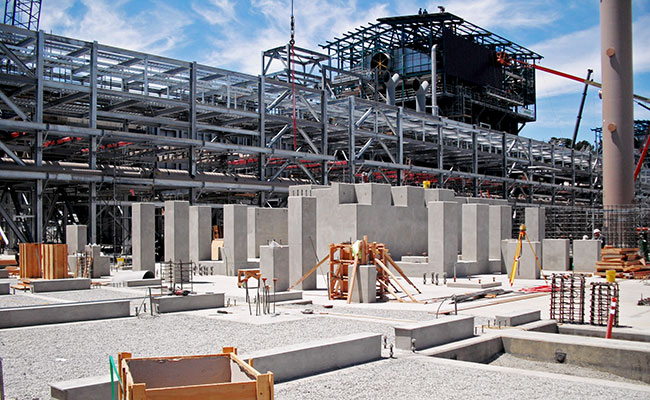In simple terms, a hotel can be defined as an establishment where people stay temporarily. The reason for the stay can range from travel to work. The etymological history of the word hotel came from a place where care was provided and was often synonymous with hospitals as well. However, with the advent of time, these places became a separate business. Nowadays, hotels are part of the big hospitality industry.
Hotels: Understanding Their Design
Any design whether it is a building or software needs a certain function to perform to serve a particular purpose. Hotels are no different. They perform the function of providing shelter and food temporarily. Hotels have long evolved from their primary purpose and have progressed into better versions with the adage of luxury. The exuberant grandeur of the hotel is a matter of common knowledge to the masses in today’s world.
Behind this facade of luxury is the harsh truth of viable sustainability, in which hotels, especially the branded ones, fail desperately, often contributing to higher carbon footprints. ‘How much energy does a hotel use?’ is a question often lost in their opulence and grandeur. Therefore, it is high time that hotels and such establishments need agonizing scrutiny in their energy requirements for building and their subsequent maintenance.
Striking The Correct Balance
The main responsibility of any hotel management is to ensure that their guests’ stay is as comfortable as possible. However, during this process, they often fail to consider the load that the environment faces. The key solution is to strike an optimal balance between these two aspects. Even though this seems like a herculean task, once broken down into small bits it would not be much of a load.
The initial step is to take baby steps. Just like any other building, the first point comes with the construction of the premises. Designing a hotel should be done using locally sourced material. For example, if the hotel were on a beach then palm tree bases materials would be the best choice for its design and construction. Any architectural magazine would supply endless ideas on the subsequent development not only for the exteriors but also for the interior design as well.
Next in line is the power or the electricity consumption. Maintaining an amicable temperature in the human-occupied areas, like rooms, restaurants, etc. irrespective of outside weather needs ample electricity. This power source can either be from a renewable source like solar, wind, etc., or better if the hotel has the source in their premises itself, like installing solar panels or windmills.
Final Words
One of the most important aspects of any hotel is the food they offer. While they are known for their world cuisines, it is always good to use locally sourced materials as much as possible. Many of the hotels and resorts have their kitchen gardens, which easily suffice the need for many vegetables. This practice not only lessens the carbon emission during the transportation process but also helps to save cost largely.
While these aspects form the major contribution in maintaining sustainability, the hotels can contribute to helping for environmental causes in various other areas.
Follow Home Inside for more!
